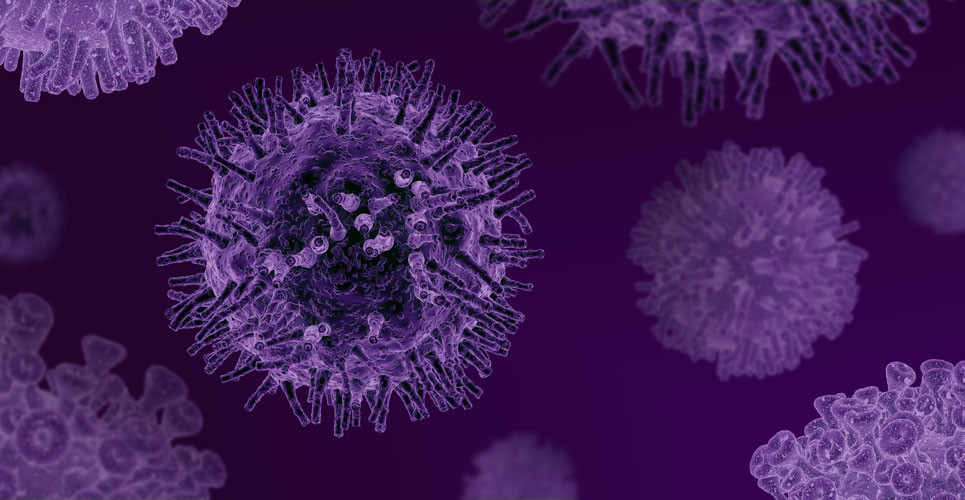Although saliva testing is not routinely used for detection of COVID-19, better sample processing significantly improves accuracy compared with current methods.
Finding the optimal sample medium and method of processing is a primary requirement for the detection of COVID-19. Although a range of testing media have been examined including bronchoalveolar lavage, sputum, salvia, faeces and blood, the use of nasopharyngeal swabs (NPS) has been the preferred detection medium. Although the collection of saliva samples is less intrusive than NPS, the presence of mucus or even blood within saliva samples, renders it more difficult to process in a laboratory. A further problem with using saliva samples, is the apparent inconsistencies in the sensitivity of detection, with some studies showing saliva to be more sensitive than NPS whereas in other studies, saliva samples were less sensitive. In trying to improve upon the current sample preparation method, a team from the Department of Pathology and Medicine, Medical College of Georgia, Augusta University, US, developed an additional processing step using a homogeniser. The study was performed in two stages. Firstly, using matched NPS and saliva samples (i.e., paired samples) from community and healthcare settings, the team analysed these samples using conventional PCR methods. In the second phase, again using matched sample pairs, the samples were analysed but this time, prior to RNA extraction for PCR testing, the saliva samples were processed with an additional homogeniser step. In addition, 85 saliva samples were independently tested using both methods.
Findings
In the first phase, from 240 samples analysed, 28.3% (68/240) were found to be positive from both saliva and NPS. However, the detection rate for COVID-19 was significantly higher in NPS samples compared to saliva (89.7% vs 50%, p < 0.001). In the second phase with the additional homogeniser step, the detection rate for saliva samples was significantly higher than NPS samples (97.8% vs 78.9%, p < 0.001). When testing the 85 saliva samples with both methods, the detection rate was 100% using the homogeniser protocol but only 36.7% using the original method.

In a discussion of their findings, the authors noted how the homogeniser sampling step, by reducing the viscosity of saliva samples, made both sample handling and extraction much easier. They concluded that much of the variation in sensitivity found in the literature for saliva testing was likely due to the method of sample preparation. Despite the fact that the additional step would increase with laboratory workload, the introduction of this additional step, proved to be a more sensitive method for detection of COVID-19.
Citation
Sahajpal N et al. Clinical Validation of a Sensitive Test for Saliva collected in Healthcare and Community Settings with Pooling Utility for Severe Acute Respiratory Syndrome Coronavirus 2 Mass Surveillance. J Mol Diagn 2021

